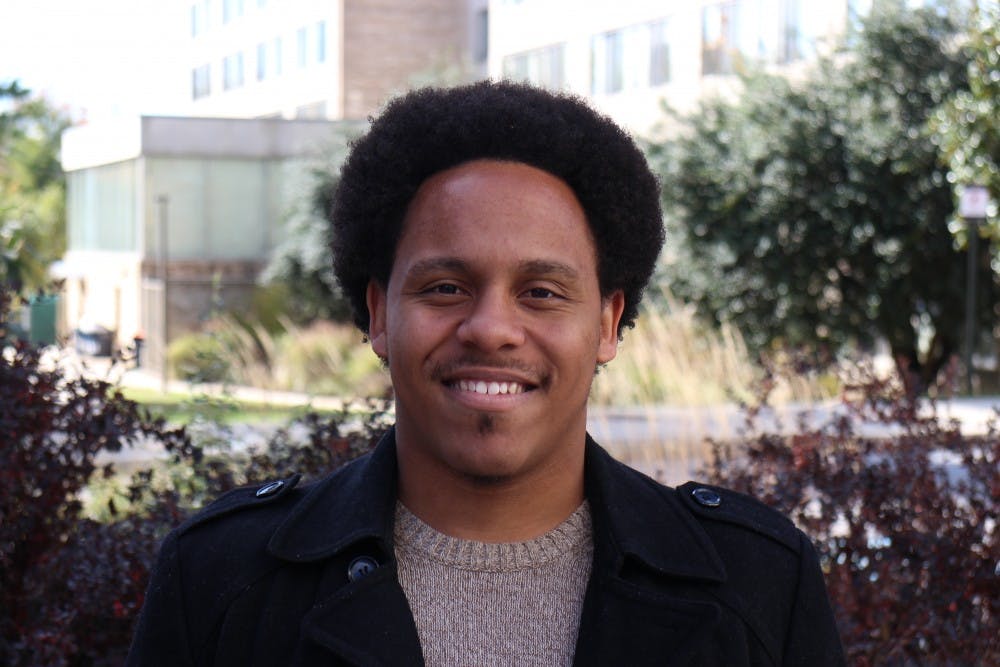Late in the evening on April 6, a video on Twitter surfaced that shows a white student at American University using and defending the usage of the n-word. Soon after, AU responded on Twitter stating that it does not condone the usage of a racist term.
The response tweet reads,
“AU does not condone the use of a racist term associated with discrimination and violence. We recognize the harm this can cause in our community. We will work with all concerned to understand what happened and to recognize that freedom of expression comes with responsibility.”
In these 45 words, the University fails its students.
While it is reasonable for the administration to posture itself above the tar-and-feathering of the public forum, the response and implicit meaning of the response depict administrators who are either unaware or don’t care about larger discourses at hand. The conversation goes far beyond one video of a first-year student.
Namely, if the University does not condone the use of the n-word, why does AU’s condemnation disappear every weekend as students sing it out at Greek life parties?
Students are fully aware of their intent in using racist terminology like the n-word and are capable of making erroneous contextual distinctions between the when and where of their usage of the n-word. By pretending that this is a matter of middle-ground arbitration, our campus serves as a refuge and incubator for students who are willing and able to feign racial ignorance.
“AU does not condone the use of a racist term…”
It is only at a predominantly white institution (PWI) that a student, fully aware of their racial positionality and therefore privilege, can unabashedly use the n-word and the response from the University be one that cooly separates the speech from the speaker. At a PWI, every racist incident becomes a “learning moment” because every student is a teachable student, assumed to be unaware of what happened and who was impacted.
Instead of “AU does not condone this usage of this racist term,” the response decentralizes and disappears the perpetrator. Those who are complicit in also using the term morph into a crowd of onlooking bystanders, ostensibly wondering who used the racist term outside of their socially-sanctioned spaces.
However, the issue behind this type of indirect, mindless discourse, looking everywhere but in the mirror, is that racist ideas at their “onset” at American University operated (and continue to operate) in the exact opposite manner. Historically at AU, the Black student, or otherwise marginalized student, was very well informed of their own lack of belonging through exclusion, segregation or outright racism. These intentional processes of exclusion disseminated throughout the institution to become more sophisticated and environmental.
Likewise, the process of inclusive excellence and anti-racism training must be just as direct, to weed out individuals and dismantle specific, exclusionary policies. The University’s response fails to meet this standard, and it is a disservice to the community as a whole for AU to dress up as an impartial third-party arbitrator when the community requires a judge, equipped with a set of values and conduct that we affirmed in the Inclusive Excellence Plan.
“...We will work with all concerned to understand what happened and to recognize that freedom of expression comes with responsibility.”
The response, by the usage of “and,” creates a hollow false equivalency between the impact that racism has upon the Black community and one student’s own individual right to freedom of expression. In the academic setting of a university, freedom of expression should extend solely as far as its own academic purpose. What academic purpose or learning opportunity is there behind the usage of the n-word?
There is none without unduly situating the Black body as a learning “tool,” as university property to be intellectually prodded on academia’s auction block.
While it might be too early to determine the full extent of the University’s response, the initial response sets a unsettling tone when it is due time to critically evaluate the institutions that fail our community. For example, undergraduate admissions validate hollow boilerplate admission essays from White students looking to learn and grow in a diverse environment. Meanwhile, it sends Black and Brown students to STEP, an eight-week residential academy that acts as a college transition program for multicultural and first-generation incoming first-year students.
From the onset, some students are informed that their success at AU can be achieved through the feigning of ignorance and the mere replication of our values rather than an embodiment of them. Others, often having already lived and overcome numerous social and economic obstacles, are told that they are not quite ready for the AU experience.
But, what is that experience if not the valuing of privilege over lived experiences? What is that experience if not another way in which AU places the burden of fighting racism on Black students?
The only reason that this incident gained traction is that one student didn’t get or understand the White memo on when and where to use the n-word. By that, I have more empathy for this student than I ever will for the thousands of other students who hide it in their two-faced hearts and the roar of rhythmless Greek life degeneracy.
Nickolaus Mack is a senior in the School of International Service and The Eagle’s managing editor for opinion.
nmack@theeagleonline.com





